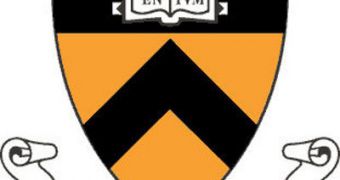Computer algorithms can now be used to track down both the origins and the spread patterns of influential ideas, news and other information, say computer science experts at the Princeton University.
According to the group, this new approach could make it easier for interested actors to gage the influence that notable research papers, news stories and so on have on society and target groups.
The algorithms are very intricate, and they work by keeping track of specific groups of documents. The thinking goes that influential data helps morph the general language used in any field.
For instance, consider a set of research papers on quantum physics. If a groundbreaking paper is published, then the language it includes will most likely be adopted by subsequent papers.
The algorithms can keep track of how each new, individual component to the group influences the others, thus determining which addition is the most significant, Science Blog reports.
“The point is being able to manage the explosion of information made possible by computers and the Internet,” explains Princeton assistant professor of computer science David Blei.
“We’re trying to make sense of how concepts move around. Maybe you want to know who coined a certain term like ‘quark,’ or search old news stories to find out where the first 1960s antiwar protest took place,” adds the expert, who was also the leader of the research.
One conceivable application for the future would be for scholar to have access to a research tool that will be able to inform them as to when and how preeminent ideas rose, and how they spread.
Right now, Blei says, the impact of each individual research paper is quantified by experts who keep track of how many times the work has been cited in other documents over the years.
The Science paper that announced the production of graphene was cited over 3,000 times in less than 6 years, which speaks volume of its importance. Other papers may never be cited at all.
“There might be a paper that introduces the laser, for instance, which is then mentioned in subsequent articles,” explains Princeton PhD student in computer science Sean Gerrish.
“The premise is that one article introduces the language that will be adopted and used in the future,” he goes on to say.
“We are also exploring the idea that you can find patterns in how language changes over time. Once you’ve identified the shapes of those patterns, you might be able to recognize something important as it develops, to predict the next big idea before it’s gotten big,” Blei adds.
The new algorithms were presented this June in Haifa, Israel, at the International Conference on Machine Learning.

 14 DAY TRIAL //
14 DAY TRIAL //